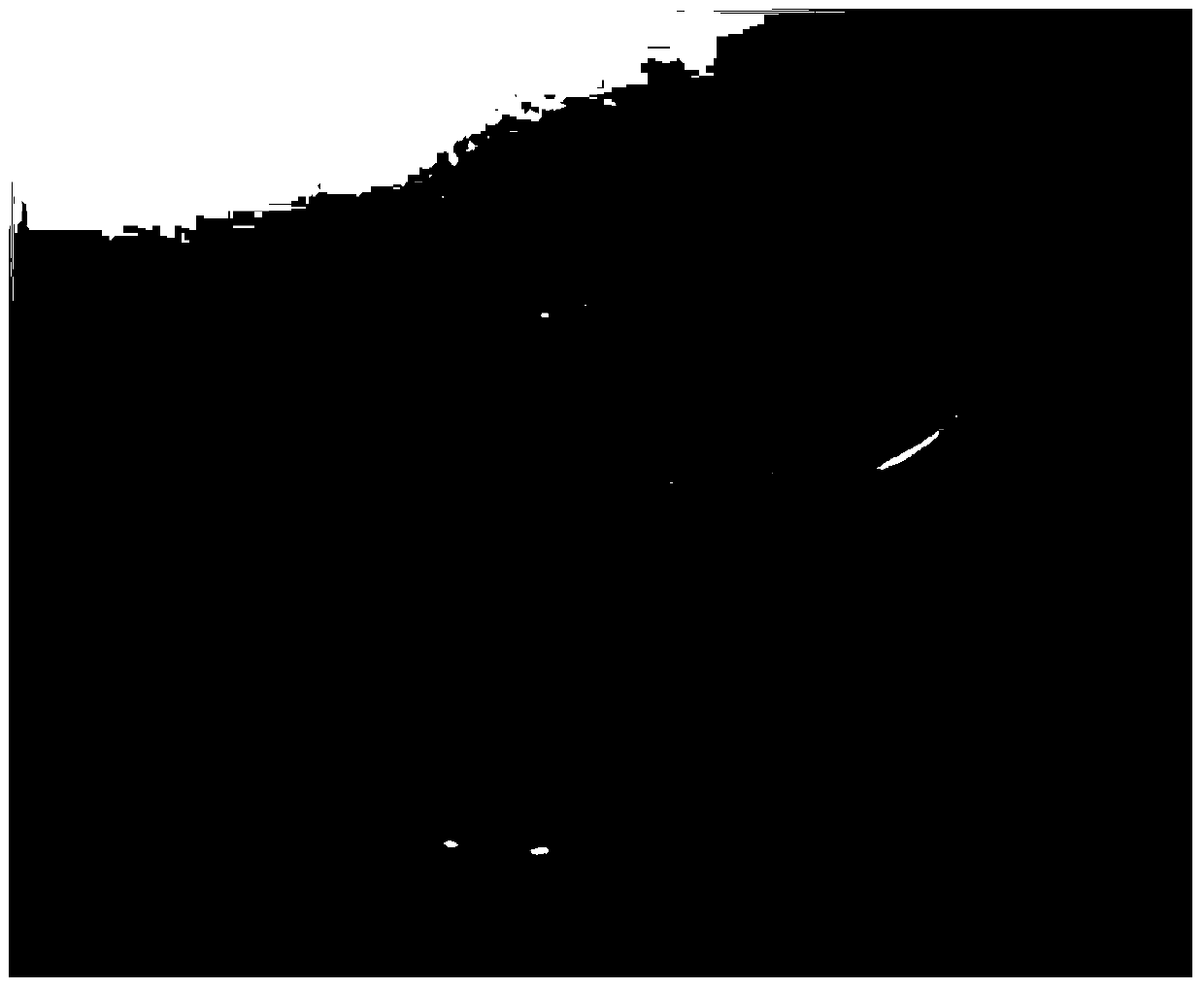Method for acquiring clean long-placed fish otolith
A fish otolith cleaning technology, applied in the field of fish otolith acquisition, can solve problems such as difficult removal, detection interference, and a large amount of dirt in the otolith, achieving obvious anatomical effects and improving work efficiency
- Summary
- Abstract
- Description
- Claims
- Application Information
AI Technical Summary
Problems solved by technology
Method used
Image
Examples
specific Embodiment approach 1
[0032] Specific implementation mode one: the method for obtaining clean long-term fish otoliths in this implementation mode is carried out according to the following steps:
[0033] 1. Pre-treat the fish, and then use dissecting scissors to cut off the head of the fish to obtain the fish head;
[0034] The fish is cryopreserved larvae, rancid larvae or dry larvae;
[0035] 2. Place the fish head under the dissecting microscope and adjust the magnification until the field of view is clear;
[0036] 3. Use a fine dissecting needle to insert into the skull obliquely forward from the two cheeks of the fish head, pull the two cheeks and the epidermis to the two sides respectively, until the occipital bone and ear bones are exposed, and the otoliths under the two cheeks can be seen;
[0037] 4. Press the upper cartilage of the otolith with a dissecting needle, squeeze out the lower otolith, take out the otolith with another dissecting needle, and remove the surrounding tissue and l...
specific Embodiment approach 2
[0047]Specific embodiment 2: The difference between this embodiment and specific embodiment 1 is that when the fish described in step 1 is the larvae preserved at low temperature, the specific operation is as follows: take out the larvae preserved at low temperature, thaw at normal temperature, Obtain the thawed larvae, and then cut off the head of the thawed larvae with dissecting scissors to obtain the fish head. Others are the same as the first embodiment.
specific Embodiment approach 3
[0048] Specific embodiment three: the difference between this embodiment and specific embodiment one or two is that: when the fish described in step 1 is rancid juvenile fish, the specific operation is as follows: dissect the rancid juvenile fish with dissecting scissors Cut off the head to get the fish head. Others are the same as those in Embodiment 1 or 2.
PUM
| Property | Measurement | Unit |
|---|---|---|
| length | aaaaa | aaaaa |
| length | aaaaa | aaaaa |
Abstract
Description
Claims
Application Information
 Login to View More
Login to View More - R&D
- Intellectual Property
- Life Sciences
- Materials
- Tech Scout
- Unparalleled Data Quality
- Higher Quality Content
- 60% Fewer Hallucinations
Browse by: Latest US Patents, China's latest patents, Technical Efficacy Thesaurus, Application Domain, Technology Topic, Popular Technical Reports.
© 2025 PatSnap. All rights reserved.Legal|Privacy policy|Modern Slavery Act Transparency Statement|Sitemap|About US| Contact US: help@patsnap.com



